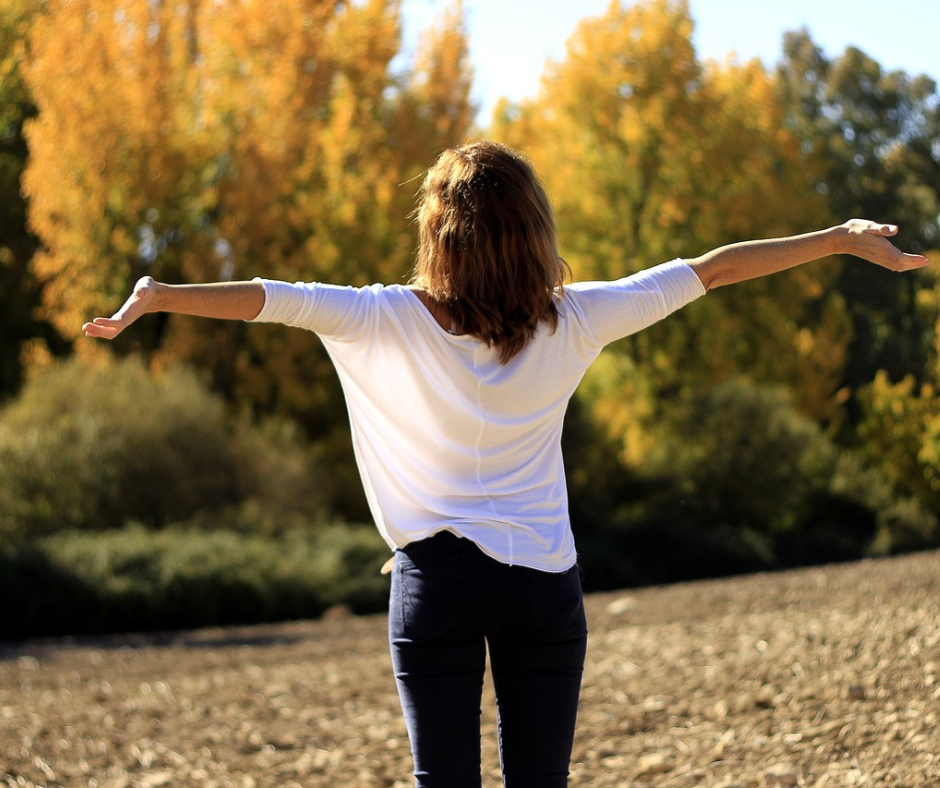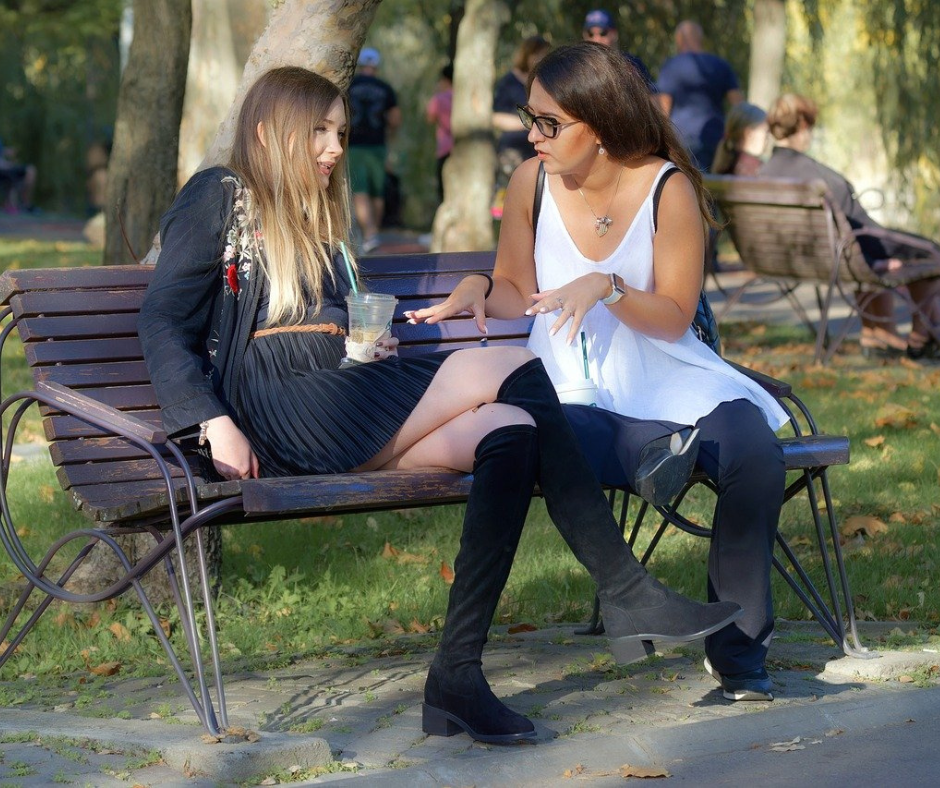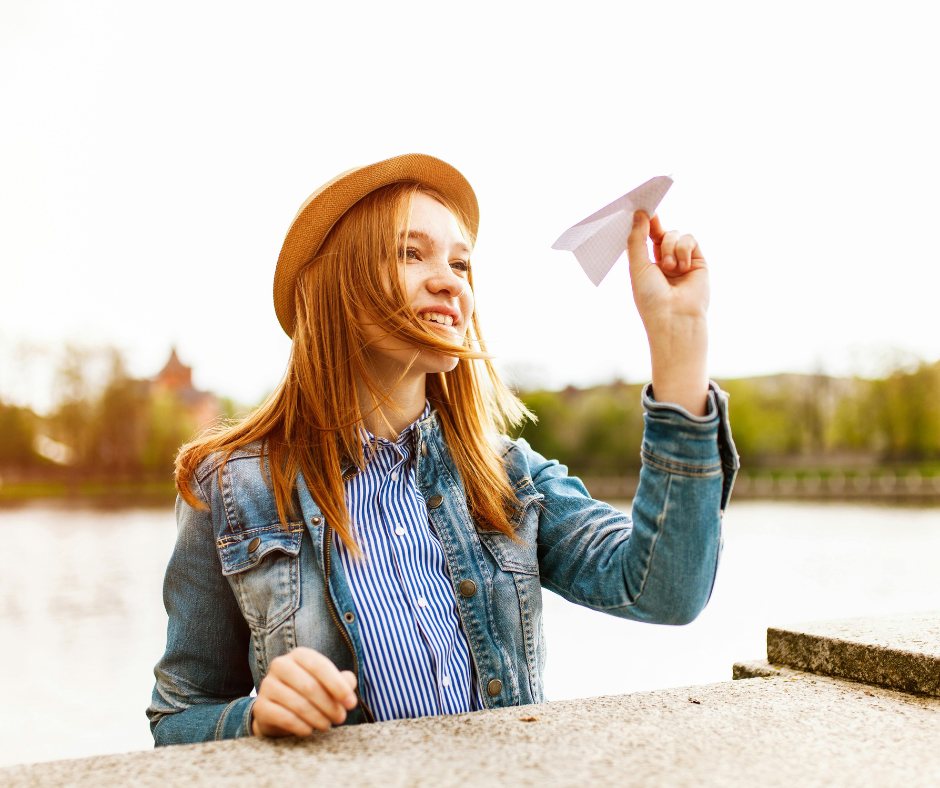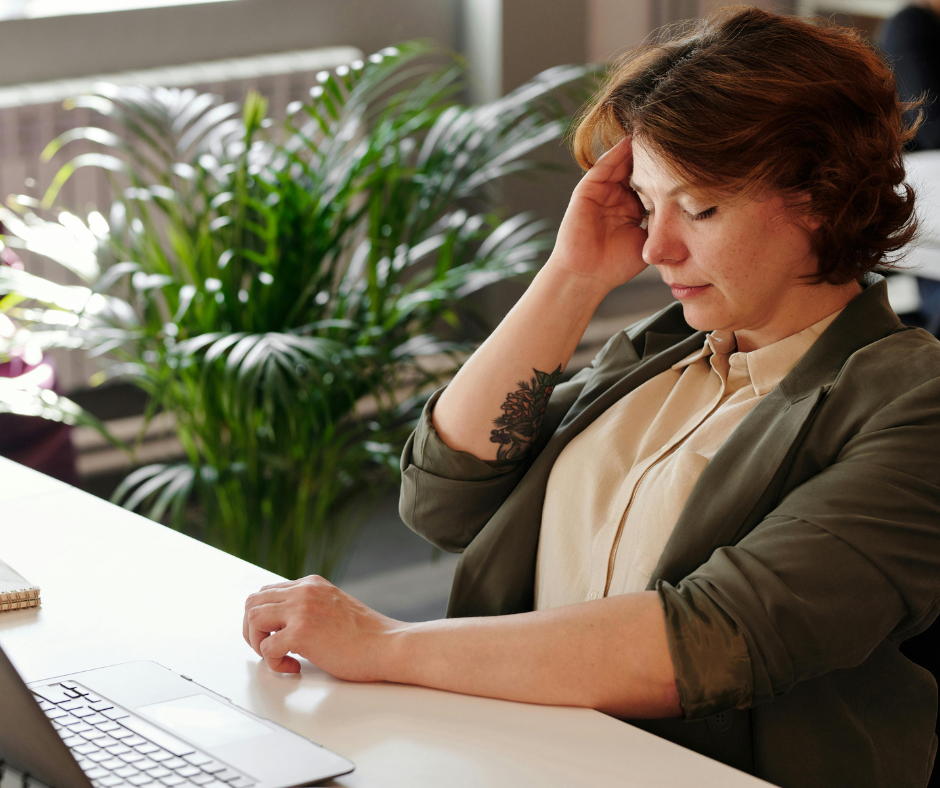Anxiety has become increasingly prevalent in today’s fast-paced and demanding world. And it sucks! The constant pressure and stress takes a toll on our mental well-being, which affects our daily lives and overall happiness. It manifests in the forms of excessive worrying, nervousness, fear, panic and even phobias. This also has negative impacts on your physical health with symptoms that include increased blood pressure, rapid heart rate, tensed up muscles and even inflammation. These are all signs leading to your body telling you that something is wrong!
Luckily, there are many ways to help you combat anxiety and reduce its effects on the mind and body. One of the most effective and evidence-based methods being mindfulness which can help you regain control over your thoughts and emotions.

What Is Mindfulness?
Mindfulness is the practice of being fully present in the moment without judging the situation, reacting to it or attaching thoughts and emotions to the current event. By cultivating mindfulness you can develop a greater sense of self-awareness while being more in tune with your thoughts, feelings and surrounding environment. You learn to accept these things as they are instead of trying to change or avoid them. This ultimately helps you to respond to your anxiety triggers in a more constructive and positive manner.
To cultivate mindfulness you need some useful tools called “mindfulness techniques”. These are used to help combat anxiety and improve mental health for various reasons but have many benefits in day to day life as well. These benefits include:
.Reducing stress and cortisol levels
.Enhancing the regulation and resilience of your emotions
. Improving your cognitive function and focus
.Increasing self-compassion and empathy
.Promoting relaxation and calmness of mind
Mindfulness techniques are simple to perform and can be practiced anywhere, anytime. There is no need for some fancy, expensive equipment or special skills to practice mindfulness. You just need a willingness to be present and curious about the world in and around you. So let’s find out what these amazing techniques are and how you can perform them!

Simple Mindfulness Techniques Anyone Can Perform
1. Deep Breathing: Simple Yet Powerful Mindfulness Techniques
Deep breathing is a fundamental mindfulness technique that can help alleviate anxiety symptoms. By being aware of your breathing and taking slow, deep breaths you activate the body’s relaxation response. This allows you to concentrate on the present moment while reducing your stress levels and promoting a sense of calmness. Breathing exercises also allow more oxygen to travel to the brain which increases blood circulation and helps to release toxins from the body.
To practice breathing exercises all you need to do is follow these steps:
.Start by finding a comfortable position, either sitting or lying down
.Allow your eyes to relax
.Become aware of your breathing by focusing on it, don’t try to change or control it
.Take notice of the sensations you feel as air enters and leaves your nostrils, chest and abdomen
. Try not to let your mind wander, just relax and focus on your breathing
. You can increase your focus by counting your breaths, inhale for a certain number of seconds and exhale for the same amount of time
.Using a mantra or a word that relaxes you such as “calm” or “peace” can help as well
.If you don’t know what sort of mantra to use you can download a meditation app to help with your breathing exercises
You can practice breathing exercises for as long as you like, even a few minutes can make a difference. Just remember to perform the exercises in a quiet and calm space so you don’t get nervous or distracted.
2. Body Scan Meditation: Mindfulness Techniques Connecting You To Physical Sensations
A body scan is a form of meditation similar to progressive muscle relaxation that allows you to feel and assess the physical condition of each part of your body starting from yours toes and working up to your head. This mindfulness technique helps you develop a deeper connection with your physical self. It also allows you to be more aware of pent up emotions within the body including feelings that relate to stress. E.g. fear, anger, worry, etc. By recognising how these emotions tense up the muscles you can perform this exercise to help promote relaxation throughout the body and thereby reduce any lingering anxiety.
To practice a body scan try the following:
. For this exercise it is best to lie down if you can
. Close your eyes and relax your breathing
. Next imagine that your body is feeling heavy and you are sinking into the ground
. Bring your attention to your feet and toes. Don’t move them, just feel the sensation and the weight of them
. Slowly move your focus to your legs and keep shifting your attention up the body until you reach the head.
. Take notice of any sensations that appear in each part of your body such as pain or warmth
. If there is any discomfort don’t move. Just feel the weight of your body and acknowledge it
. Once you feel that you are ready to end the meditation slowly allow your body to move. Feel yourself growing from a heavy weight to a light feather
.Gradually move each small muscle starting with your toes again then shifting your legs and moving up the body
.When you are ready slowly rise from the surface you are lying on and lightly get to your feet
The body scan meditation can be practiced for as long as you wish but it is usually practiced for around 10 to 20 minutes. You can also put on some soft music or listen to a meditation app while performing this exercise to help with your focus.
3. Mindful Walking: Finding Peace In Every Step
Guess what?! You can use mindfulness techniques and walk at the same time! Engaging in mindful walking allows you to focus on the present instead of the swarm of anxious thoughts buzzing around in your head. Yes, there are a lot of those weighing people down. The key is to switch off by paying attention to everything around you instead of what’s in your head. Each step, each movement, each sound will help to ground you in the world around you and alleviate your anxiety.
Mindful walking is fairly easy to practice and you can do it with the following steps:
. Go outside and choose a scenic and calming route to walk along
. As you start take notice of each step you take, you can count them if you want to
. Next feel the muscles of your body and how powerful they are
. Feel the air brush against your skin and the sound of the breeze
. Listen to the other sounds around you. Can you hear birds, people, trees rustling?
. Take a whiff and smell what is around you. Does the air smell fresh, is there food nearby?
. If you want to be daring you can try tasting the air as well. Yes, that is a thing!
Going for a half hour walk is good for the mind and the soul, especially when it allows you to get outside into nature. This kind of mindfulness technique is excellent for those suffering from stress and anxiety or even depression.
4. Guided Imagery: Harnessing The Power Of Visualization
Guided imagery is one of many mindfulness techniques and involves using your imagination to create calming and positive mental images. By generating serene scenes within your mind through your own willpower or by guided meditation you can redirect your inner thoughts away from events or scenes that trigger anxiety. Guided imagery also helps to promote relaxation and, with enough practice, can trick your mind and body into a state of sleep or hypnosis.
It is easy to perform guided imagery exercises by doing the following:
. Start by lying or sitting in a comfortable position
. Next imagine something that is calming and helps you relax. It can be a place, a thing or even an animal. E.g. A drop falls in a still puddle and creates a ripple
. If your mental image requires a noise try to imagine the sound calming you
. While imagining this, breathe in and out slowly while relaxing your body
. If you like you can go into further detail with your mental image and absorb yourself in it until it becomes almost real
Guided imagery is excellent for distracting yourself from the real world and creating an inner state of relaxation. Some even perform it to help them get to sleep if they are feeling anxious or stressed after a long day. The only limitations are your will and your imagination!
5. Loving-Kindness Meditation: Being Truly Happy With Yourself
Loving-kindness meditation is a mindfulness technique that was first created through Buddhism and is a popular meditation exercise even today. It involves cultivating positive feelings of love, compassion and goodwill towards yourself and others.
Loving-kindness meditation can help you combat anxiety by reducing negative emotions towards yourself or other people in your life. These emotions include fear, anger and resentment which can weigh on your mind and your body over a period of time. If this happens it can also lead to an increased risk of depression and self-hate.
When these negative emotions are in play it is important to cultivate positive emotions within your mind and body such as joy, gratitude and inner peace. Yes, INNER PEACE! This is where loving-kindness meditation can help.
To practice loving-kindness meditation use the following steps:
. Lie down and close your eyes
. Focus on your heart’s beat
. Imagine that your heart is warm and glowing with life, love and compassion
. Next slowly breathe in and out from your core and feel the light expanding to envelop you with each breath
. Then send positive, loving thoughts to yourself. They can be anything but here are some phrases to get you started. Just repeat them in your mind:
– May you be forgiven
– Might you be loved
– May you find ease
– Might you be at peace
. Feel the elation of being kind to your inner being
. Once you have feelings of love and kindness for yourself think of others in your life, your family, friends or even enemies. Think of them all with the same kindness
. Repeat the same phrases for those around you and embrace the feelings of kindness and forgiveness that you generate and be thankful for your connection
This is one of many mindfulness techniques and is excellent for allowing you to boost your self-esteem and mental well-being which is crucial for those suffering with anxiety or depression, especially if it is because of self-loathing. That’s the power of love for you!

Additional Resources For Anxiety Management
In addition to mindfulness techniques there are several other strategies and resources that can aid you in anxiety management. These include cognitive-behavioral therapy, journaling, regular exercise, and seeking support from loved ones or mental health professionals. Remember, everyone’s journey with anxiety is unique so it’s crucial to find the techniques and resources that work best for you.
By incorporating mindfulness techniques into your daily routine and exploring additional anxiety management strategies, you can take significant steps towards combating anxiety and regaining control over your life.
Please be advised this information may help but is NOT a replacement for professional health advice. If you are feeling unwell please speak to a medical professional.



